Anejaculation
Anejaculation refers to failure to ejaculate (sometimes termed aspermia) at the time of orgasm.
There are two main causes:
1. Failure of emission is when the semen does not enter the urethra
2. Retrograde ejaculation is when the semen enters the urethra but travels backwards into the bladder instead of out of the penis.
Failure to ejaculate may result from structural changes (prostate removal) or neuropathy (diabetes, chemotherapy exposure, retroperitoneal lymph node dissection). It may also result from medications given after prostate cancer treatment (such as alpha blockers).

How common is anejaculation? Anejaculation occurs in all men after radical prostatectomy (prostate cancer surgery). This is because the prostate and seminal vesicles are removed during this operation. These organs are responsible for the production of over 95% of the seminal fluid.1
Anejaculation can also occur with prostate radiation, but it is less common.2 Of those men who still ejaculate, 85% reported lower semen volume.3 Another study of 350 patients showed that anejaculation can increase over time after radiation therapy. It was reported in 16% of patients at 1 year, 69% at 3 years and 89% at 5 years. Men at higher risk for anejaculation after radiation included those older than 65 years-old, those with a small prostate (less than 40 grams pre-radiation), those who received androgen deprivation therapy (hormonal therapy), or higher radiation doses.4
What is the impact? Anejaculation has a significant impact for patients and couples due to obvious impacts on fertility, as natural conception is not possible.1 Anejaculation can also affect perceptions of masculinity, interfere with sexual satisfaction and negatively affect body image.1
How can it be treated? Patients and partners should be counseled on the risk of anejaculation with prostate cancer treatments. The best option for patients and couples who desire future fertility is to bank sperm prior to prostate cancer treatment.
Anejaculation occurs in all patients after radical prostatectomy (surgery for prostate cancer). After this operation, nothing can be done to treat the anejaculation.
While this condition is not universal after-radiation therapy, it is common. It may or may not improve over time and there is no treatment to aid in recovery.
Patients and partners facing this issue after prostate cancer treatment may benefit from individual or couples counseling, sex therapy, or participation in a prostate cancer support group (see list of resources).
References
- Salonia A, Adaikan G, Buvat J, et al. Sexual Rehabilitation After Treatment For Prostate Cancer-Part 2: Recommendations From the Fourth International Consultation for Sexual Medicine (ICSM 2015). J Sex Med. 2017;14: 297-315.
- Frey A, Pedersen C, Lindberg H, Bisbjerg R, Sonksen J, Fode M. Prevalence and Predicting Factors for Commonly Neglected Sexual Side Effects to External-Beam Radiation Therapy for Prostate Cancer. J Sex Med. 2017;14: 558-65.
- Huyghe E, Delannes M, Wagner F, et al. Ejaculatory function after permanent 125I prostate brachytherapy for localized prostate cancer. Int J Radiat Oncol Biol Phys. 2009;74: 126-32. [4] Sullivan JF, Stember DS, Deveci S, Akin-Olugbade Y, Mulhall JP. Ejaculation profiles of men following radiation therapy for prostate cancer. J Sex Med. 2013;10: 1410-6.

